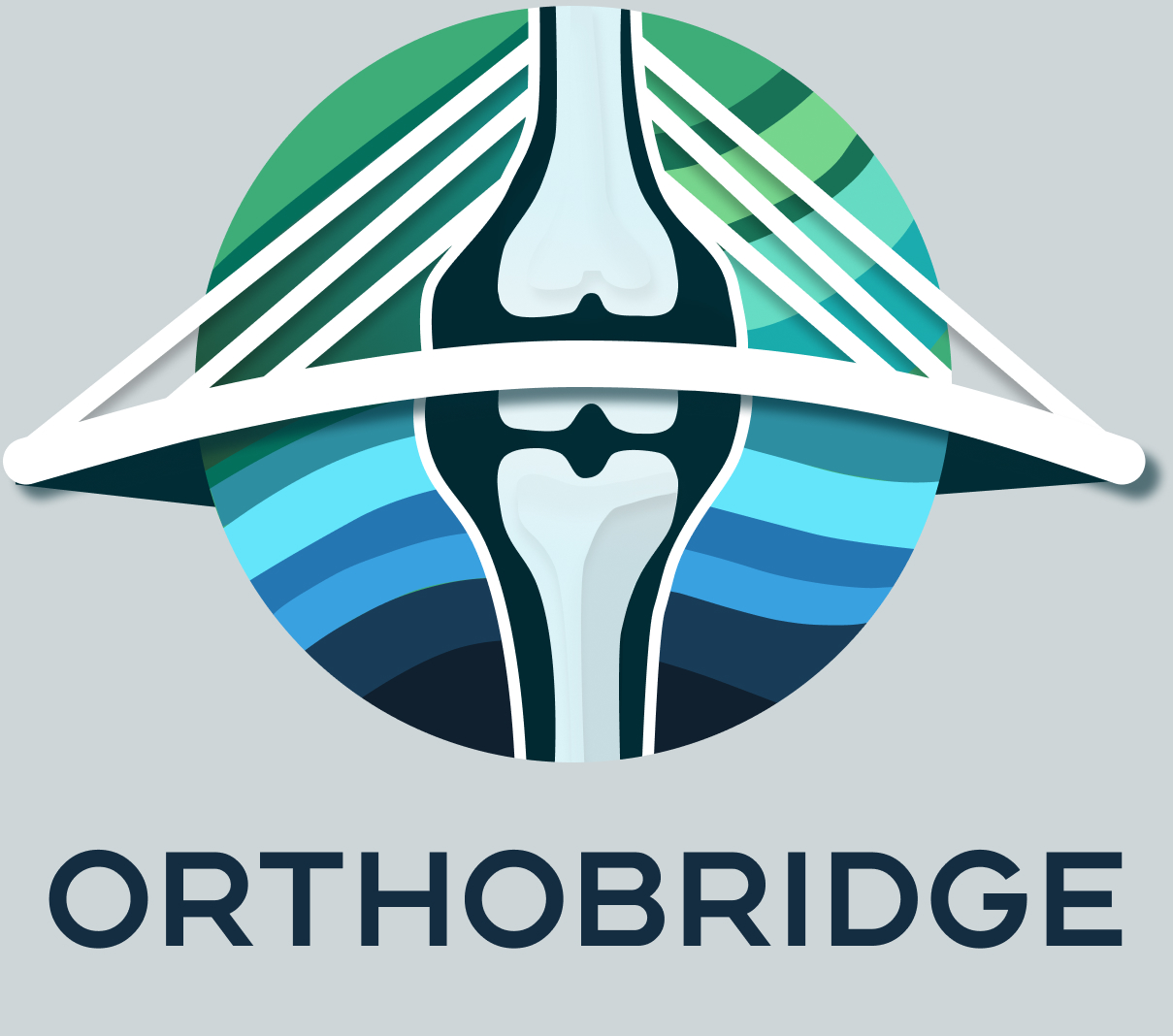Iliotibial Band Syndrome
Learn more about some common knee causes of Illiotibial Band Syndrome we treat at Orthobridge Orthopedic Centre.
Iliotibial Band Syndrome Treatment in Kenya
Iliotibial band syndrome (ITBS or IT band syndrome) is an overuse injury of the connective tissues that are located on the lateral or outer part of thigh and knee. It causes pain and tenderness in those areas, especially just above the knee joint.

Symptoms
1. pain
It might affect one or both of your knees. The pain is an aching, burning feeling that sometimes spreads up the thigh to the hip. You might notice this pain only when you exercise, especially while running. The pain tends to be worst right after you strike your foot, and it might only start up near the end of your workout. As the condition gets worse, your pain might start earlier and continue even after you’ve stopped exercising. Activities that might worsen your pain include going up and down the stairs.
2. Sensation of stinging or needle-like pricks.
This can gradually progress to pain every time the heel strikes the ground and finally can become disabling with pain when walking or when climbing up or down steps.
3. Snapping or popping sound at the knee.
4. Swelling
This occurs either where the band crosses the femoral epicondyle or below the knee where it attaches to the tibia.

Causes
ITBS is caused by excessive friction from the IT band being overly tight and rubbing against bone. It’s primarily an overuse injury from repetitive movements.
ITBS causes:
- Friction
- Irritation
- Pain when moving the knee.
It seems to happen only in some people, though the reasons for this are unclear.
It’s especially common for cyclists and runners. It can even develop from repetitively walking up and downstairs, wearing high heels, or sitting for long periods with bent knees.

Treatment
Your healthcare provider might suggest several different treatment strategies to help ease your symptoms. These might include:
1. Limiting activities that make your knee pain worse for a while (like running), and returning to these activities slowly.
2. Icing the outside of your knee
3. Taking over-the-counter pain medicines
4. Getting corticosteroid shots to decrease inflammation
5. Making changes to your activity, like lowering your bicycle seat for cycling or improving your running form
6. Practicing special exercises to stretch and strengthen the muscles around your hip and your knee
You may find it helpful to work with a physical therapist as well.
These changes help most people with iliotibial band syndrome. Your healthcare provider might advise surgery if you still have significant symptoms after 6 months of trying these other therapies. Several different surgical choices exist, including one that removes the part of the iliotibial band that moves over the femur. You can discuss all your surgical choices with your healthcare provider.
Hear from some of our patients
Out of country patients
Because of Col (Dr) Adari’s extensive training and experience in elbow arthroscopy, patients travel from all areas of the world for their elbow arthroscopy in Kenya.
If you are an out of the country patient, feel free to let us know so we can accommodate an appropriate time for your consultation with Col (Dr) Adari.
Col (Dr) Adari is known as a top-rated orthopedic & trauma surgeon for elbow arthroscopy in Nairobi, Kenya, and across East Africa, Central Africa, and West Africa.
If you are work – traveling expatriate on diplomatic missions, feel free to contact us so we can accommodate an appropriate time best suited to you for your consultation with Col (Dr) Adari.
Contact us today to reserve your consultation, we are more than happy to assist you with any queries you may have prior to seeing the doctor.
Our Affiliations









